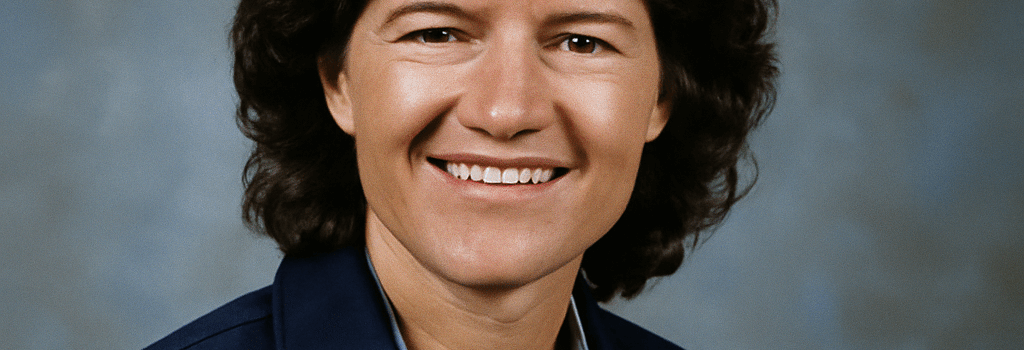Sally Ride’s Legacy Celebrated by Tam O’Shaughnessy

Introduction: A Pioneering Astronaut
Sally Ride made history on June 18, 1983, as the first American woman to fly into space aboard the Space Shuttle Challenger. Decades later, her life partner, Tam O’Shaughnessy, shares for the first time the full story of an iconic figure whose achievements span cutting-edge aerospace engineering, STEM education advocacy, and a personal journey that challenged societal norms.
Early Life and Rigorous Training
Born in 1951 in Encino, California, Ride displayed an early aptitude for physics and tennis. She earned a Ph.D. in physics from Stanford University in 1978, specializing in nonlinear optics and laser physics. Selected by NASA in 1978 as part of its first astronaut group to include women, Ride completed a year of intensive training:
- Space Shuttle systems and orbital mechanics simulations
- Weightlessness sorties aboard NASA’s KC-135 “Vomit Comet”
- Robotics training with the Shuttle Remote Manipulator System (Canadarm)
STS-7 Mission: Technical Milestones
On STS-7, Ride served as Mission Specialist 1. Key technical details of Challenger included:
- Three RS-25 main engines plus two solid rocket boosters, producing 7.8 million pounds of thrust at liftoff.
- On-orbit operations involving deployment of satellites such as Anik C-2 and Palapa B-2.
- Demonstration of precision robotic arm maneuvers, critical for future ISS assembly.
Technical Contributions Beyond the Shuttle
After her missions, Ride contributed to NASA’s safety protocols, co-authoring the 1990 Decadal Study of Planetary Science and serving on the Challenger accident investigation. She leveraged computational fluid dynamics (CFD) models to refine re-entry heat-shield performance and consulted on advanced life-support system design for long-duration habitats.
STEM Advocacy and Educational Impact
In 2001, Ride co-founded Sally Ride Science, pioneering programs that blend interactive online modules with hands-on experiments. Her initiatives included:
- EarthKAM: A payload of student-controlled cameras on the ISS, capturing high-resolution Earth imagery for classroom analysis.
- Summer institutes training K–12 teachers in coding, robotics, and data analysis.
Legacy and Cultural Resonance
O’Shaughnessy’s memoir sheds light on Ride’s personal resilience in a male-dominated field and their partnership’s quiet influence. Her story has inspired multiple documentary films and exhibitions at the Smithsonian National Air and Space Museum.
Expert Analysis
“Sally Ride’s multidisciplinary approach—bridging physics, engineering, and education—set new standards for astronaut engagement with the public and academia,” says Dr. Karen Nyberg, former NASA astronaut and biomedical engineer.
Future Perspectives in Space Exploration
Ride’s emphasis on diversity and technology forecasting remains relevant as NASA prepares Artemis missions, integrating AI-driven autonomy and next-generation propulsion systems. Emerging female astronauts cite her as a blueprint for combining scientific rigor with outreach.
Personal Reflections from Tam O’Shaughnessy
“Sally never sought the limelight,” O’Shaughnessy recounts. “She was driven by curiosity—a trait I saw in every experiment she designed, from laser cavities in her thesis to the microgravity apparatus on Challenger.”